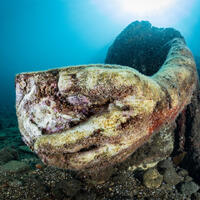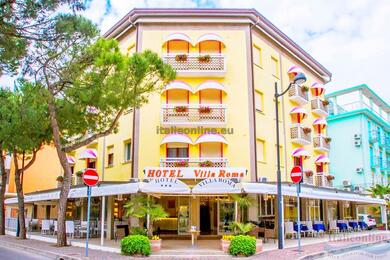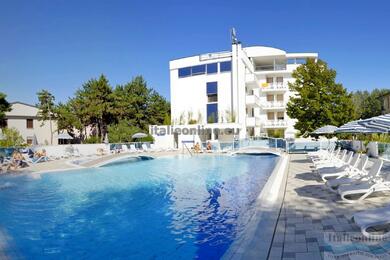Naples is a very busy, somewhat chaotic and quite colourful city. They say you either love it or hate it. But it's definitely worth a visit, thanks to its great historical and architectural significance, Naples was declared a UNESCO World Heritage Site in 1995.
History and charm of the old town
Naples, known for its rich history, was founded in the 7th century BC as a Greek colony under the name of Parthenope. It was later renamed Neapolis, meaning "new city". The city has passed through various historical periods, including the Roman, Byzantine and Norman eras, and each of these periods has left its mark on its character.
The Old Town of Naples, a UNESCO World Heritage Site, is one of the largest historic centres in Europe. Its labyrinth of narrow streets, historic palaces and churches hold fascinating stories and secrets. Naples' cathedral, the Duomo di Napoli, is home to the relics of Saint Januarius, the city's patron saint. Entrance to the cathedral is free.
The Royal Palace (Palazzo Reale) is located in the Piazza del Plebiscito. It is the former royal residence of the Bourbon dynasty. Here you can explore the magnificent chambers and royal gardens.

The historic centre of the city is crossed by Spaccanapoli Street. It is theideal place for a stroll, where you can discover traditional shops, cafes and restaurants.
A much visited tourist attraction is the Castel dell'Ovo. According to legend, an egg is walled up in this fortress and if it is destroyed, all of Naples will be destroyed.
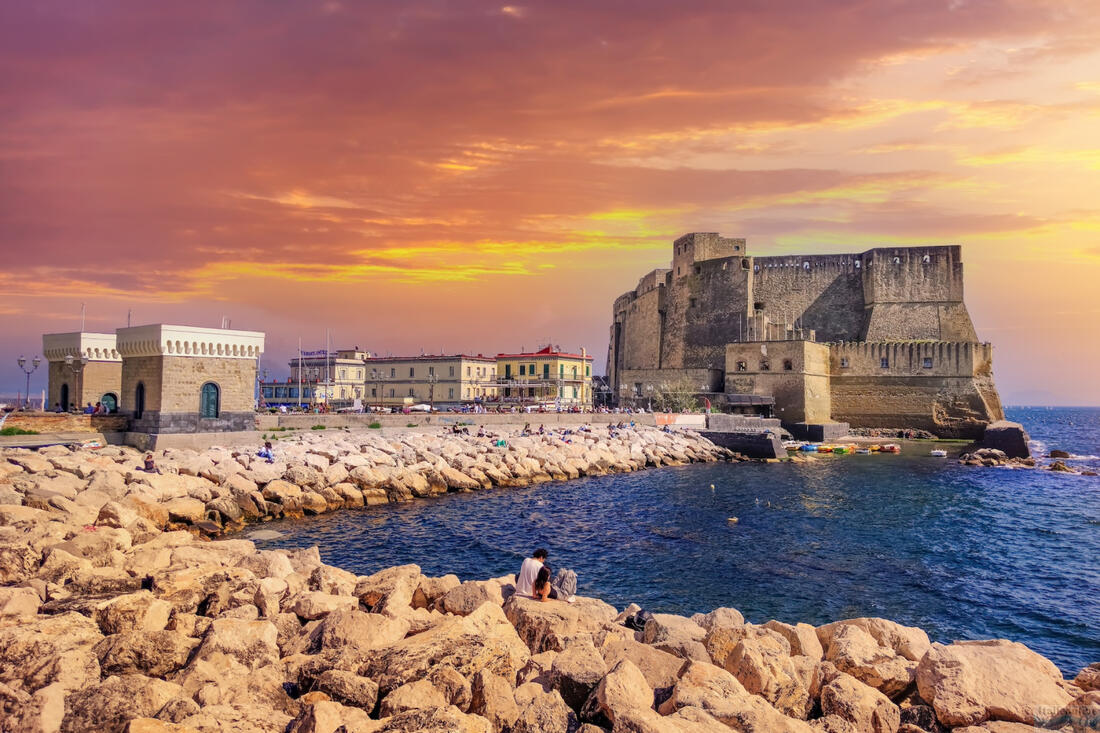
And it is also worth mentioning the fascinating Cimitero delle Fontanelle cemetery in the cave, which is a unique historical monument. It is the place where the skeletal remains of the inhabitants of Naples from past centuries are buried.
Culture and art
The city is also a cultural centre, where traditional art mixes with modern life. Naples is home to the Teatro di San Carlo, the oldest opera house in Europe, where you can experience amazing opera and ballet performances. We recommend booking your tickets in advance as the performances tend to be in high demand.
In Naples you will also find the Museo Archeologico Nazionale, one of the most important archaeological museums in the world, where you can see fascinating collections from Pompeii and Herculaneum, as well as other ancient artifacts.
Last but not least, we recommend a visit to Via Toledo and Galleria Umberto I. On this busy street and in this beautiful shopping gallery, shopping and architecture go hand in hand. It's a great place for lunch or coffee and for shopping in the boutiques.
Gastronomy
There's no doubt that Naples is a food lover's paradise, as this is where pizza was probably born. The traditional Neapolitan Margherita with fresh tomatoes, mozzarella and basil is famous all over the world.

You must also try the sfogliatelle, a sweet pastry filled with ricotta and orange zest, and the Neapolitan espresso, which is strong and aromatic. You can find these pastries at Sfogliatella Mary bakery, for example.
The Mercato di Porta Nolana is also a great place to sample local produce, delicacies and fresh ingredients, including seafood.
Natural beauty
Naples is not only a historical and cultural centre, but also a place where you can discover beautiful nature. The proximity to Vesuvius, an active stratovolcano, provides a unique opportunity for excursions. Walking on its slopes and visiting Pompeii and Herculaneum, ancient cities that were buried under ash in 79 AD, are unforgettable experiences. They are easily accessible by train from Naples and offer a fascinating insight into life in ancient Rome.
Another natural gem around Naples is the Amalfi Coast, where dramatic cliffs and picturesque villages like Positano and Amalfi draw visitors with their beauty and charm. It's easy to get here by car or bus.
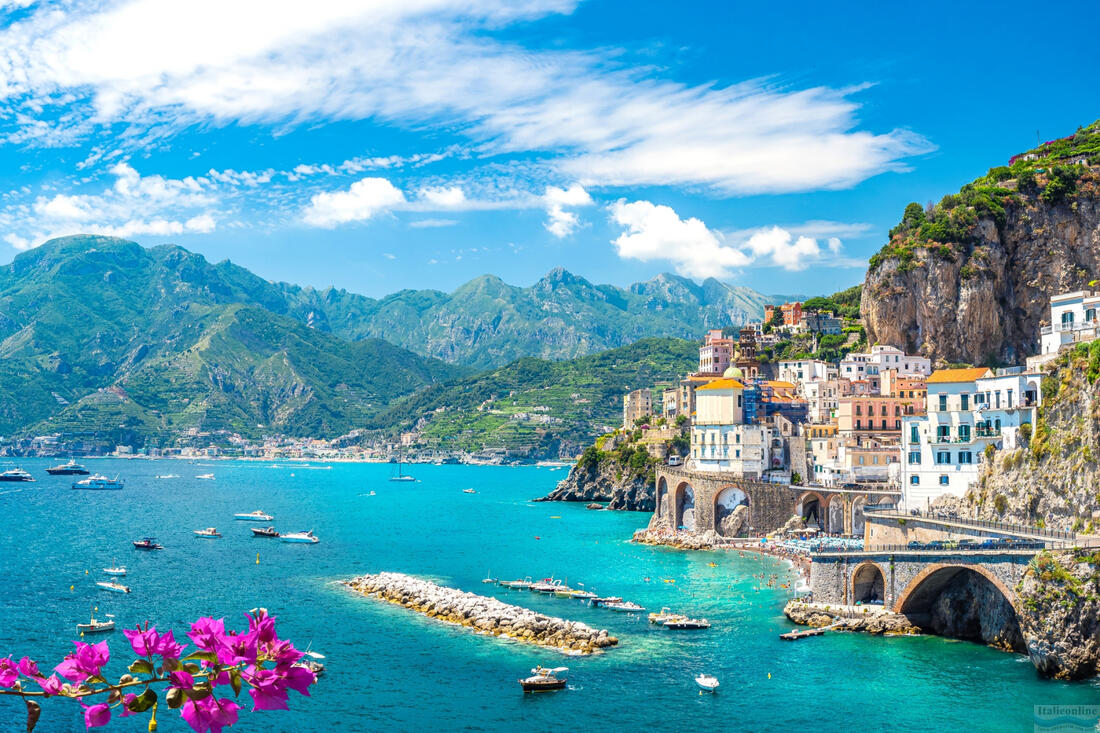
Practical Information
- Transport: Naples has good public transport including buses, trams and metro. If you plan to visit the main tourist attractions, we recommend using local transport or walking.
- Language.
- Safety.


